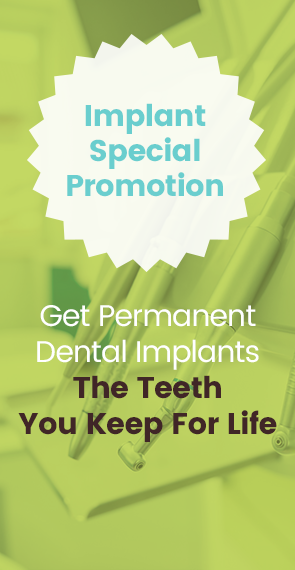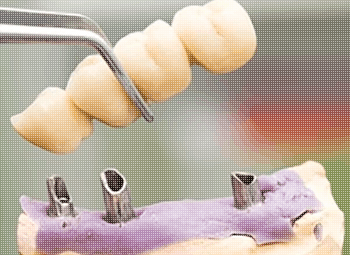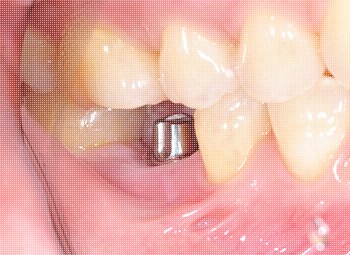Services

All patients that undergo dental surgery need patience and enough time to recover from their dental surgeries, and sometimes they wonder if there’s something they can do to speed the recovery process.
Nowadays, PRP Therapy is used as a new alternative with beneficial outcomes to oral surgery patients, reducing bleeding and enhancing soft tissue healing and bone regeneration.
Recovery Process after Oral Surgery
This process is different for each patient, and it mostly depends on the dental procedure each patient just went through. Whether it’s a simple tooth extraction or an All-on-Four dental implant, the patient needs to follow the dentist’s post-surgery care instructions correctly in order to have a successful recovery.
What is PRP Therapy?
Platelet Rich Plasma or PRP derives from the centrifugation of the patient’s own blood and it contains growth factors that influence wound healing. Basically, PRP is plasma with a big concentration of platelets that are typically found in the blood.
Which means PRP Therapy is about injecting the concentration of platelets into a specific damaged area of the human body to promote tissue repair and accelerate healing.
A few years ago, PRP was exclusively used as a permanent solution for conditions such as arthritis and ligament or tendon sprains, but today PRP has become very popular in the dental area playing an important role in the patient’s recovery process after oral surgery.
The Use of PRP in Oral Surgery
Like we just mentioned, PRP is a new approach to tissue regeneration and it is becoming a valuable adjunct to promote healing in many procedures in dental surgery, especially in aging patients.
The use of PRP after tooth extractions and periodontal treatments helps improve soft tissue healing and positively influencing bone regeneration. Also, PRP has been used in isolation as a coating material having positive results in patients and their recovery.
Advantages of PRP Therapy
This alternative procedure is completely safe, and some of its advantages include:
- Lower infection Risk: PRP is smeared thickly on the wound after the procedure by the dentist and actually seals the wound away from infectious agents, lowering the risk of problems.
- Accelerated Healing: PRP helps increase tissue synthesis due to its growth factors, and this results in faster tissue regeneration.
- Safety and Convenience: Disease transmission is non-issue since the blood is harvested from the patient’s own blood supply, and the amount of blood needed is minimum and can be collected during a routine outpatient procedure.

Services
Root Canal
A root canal is a dental procedure that is used to remove diseased pulp tissue from the interior of a tooth. A root canal procedure involves tooth disinfection and the removal of all debris…
Oral Surgery
When should my child first see a dentist?
“First visit by first birthday” sums it up. Your child should visit a pediatric dentist when the first tooth comes in, usually between…
Dental Bridges
This can be anything done to correct imperfections in the appearance of the mouth. Anyone who is unhappy with their smile can have it fixed. The upper teeth show…
Implant
A root canal is a dental procedure that is used to remove diseased pulp tissue from the interior of a tooth. A root canal procedure involves tooth disinfection and the removal of all debris…
Root Canal
A root canal is a dental procedure that is used to remove diseased pulp tissue from the interior of a tooth. A root canal procedure involves tooth disinfection and the removal of all debris…
Dental Bridges
This can be anything done to correct imperfections in the appearance of the mouth. Anyone who is unhappy with their smile can have it fixed. The upper teeth show…
Reviews
[testimonials_cycle theme=”default_style” count=”5″ order_by=”date” order=”ASC” hide_view_more=”0″ testimonials_per_slide=”1″ transition=”fade” timer=”5000″ pause_on_hover=”true” auto_height=”calc” show_pager_icons=”1″ prev_next=”0″]





